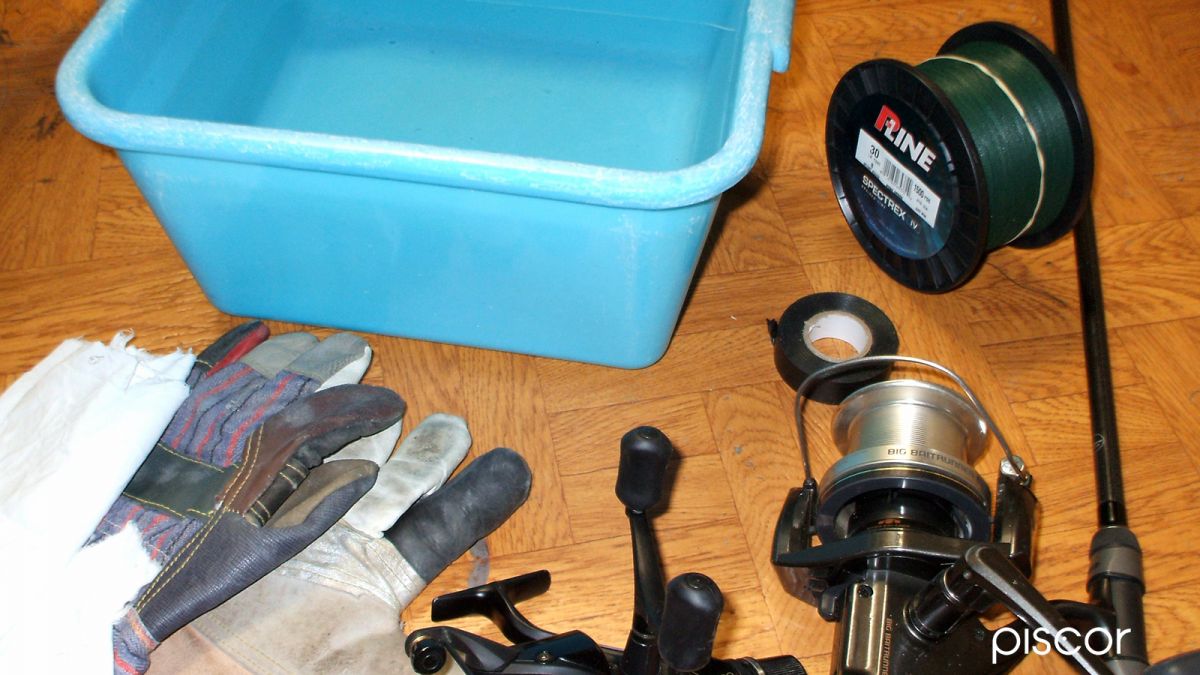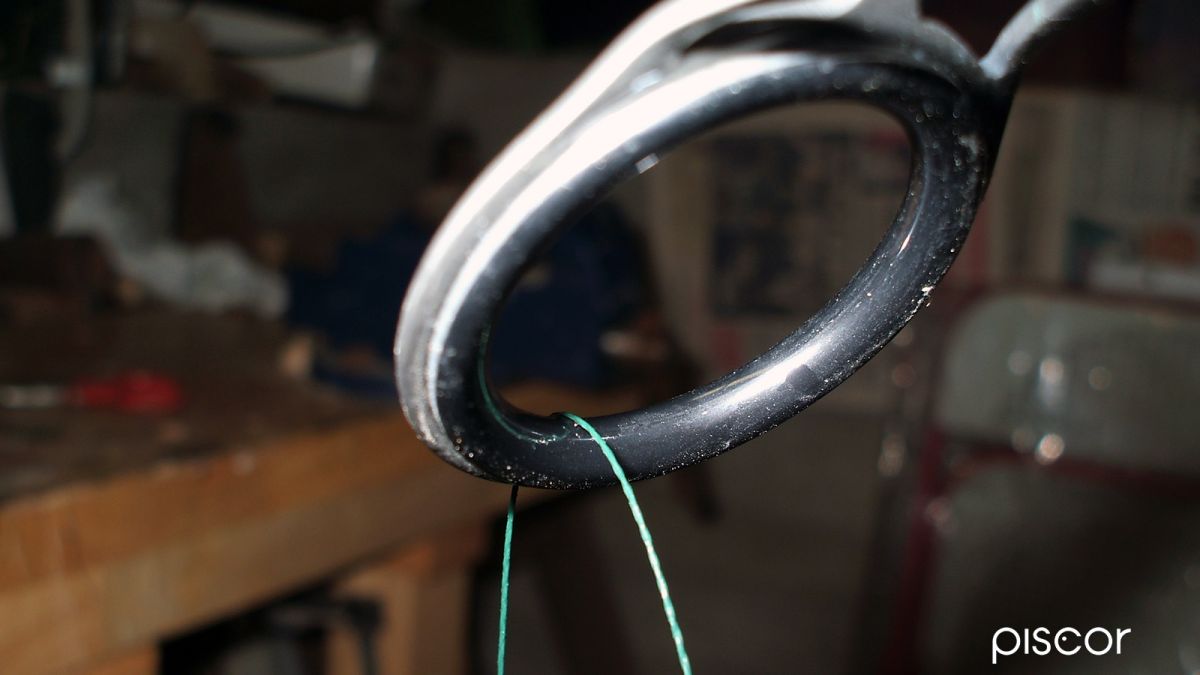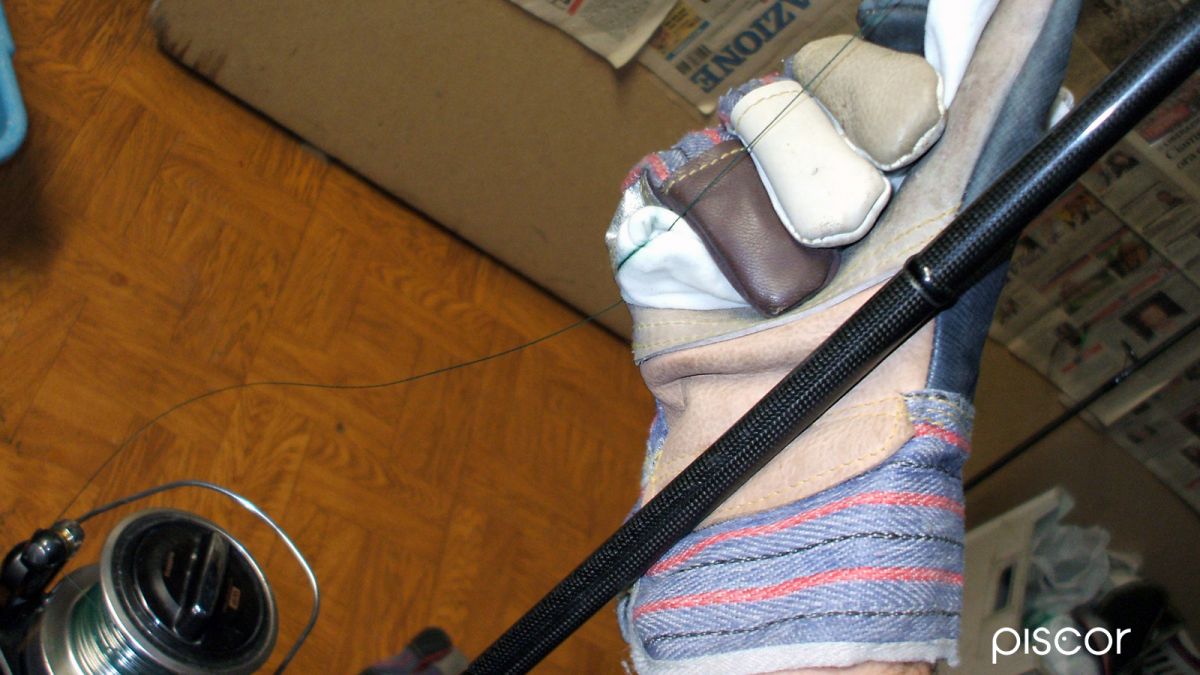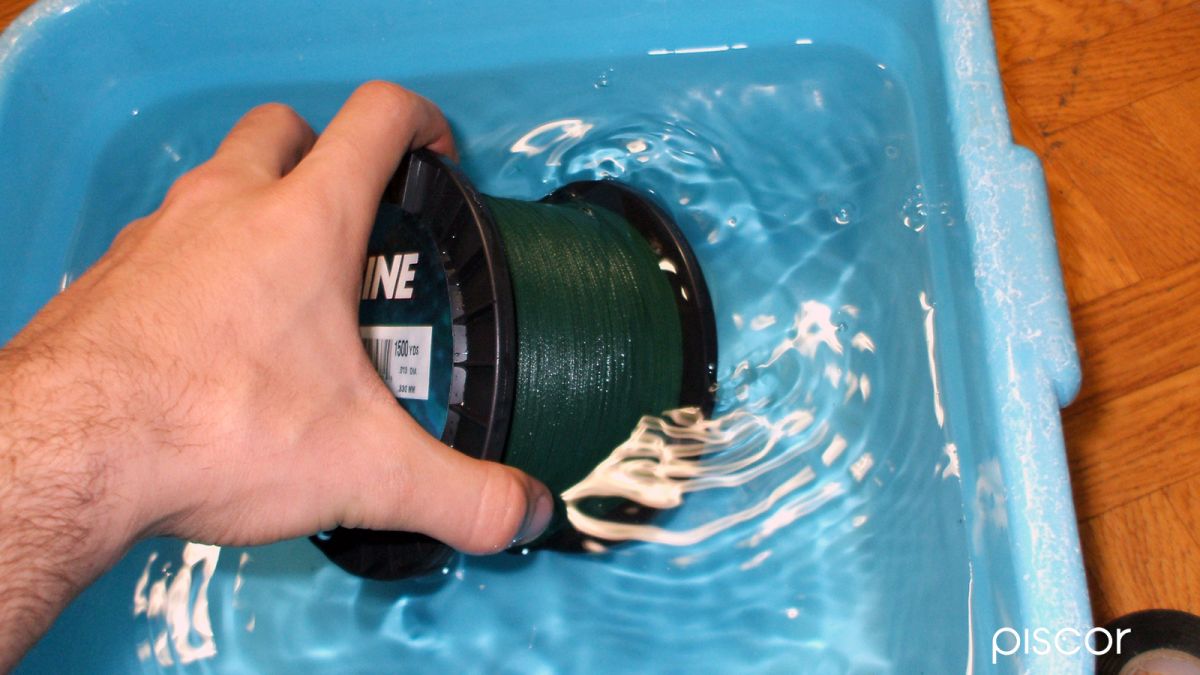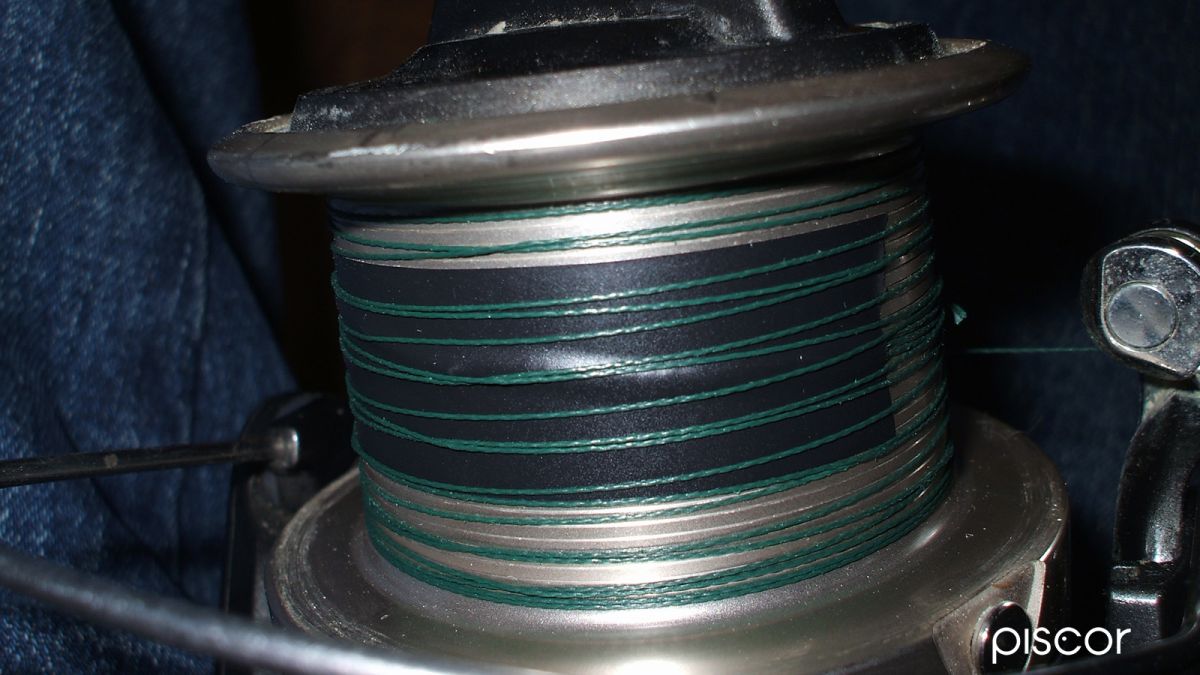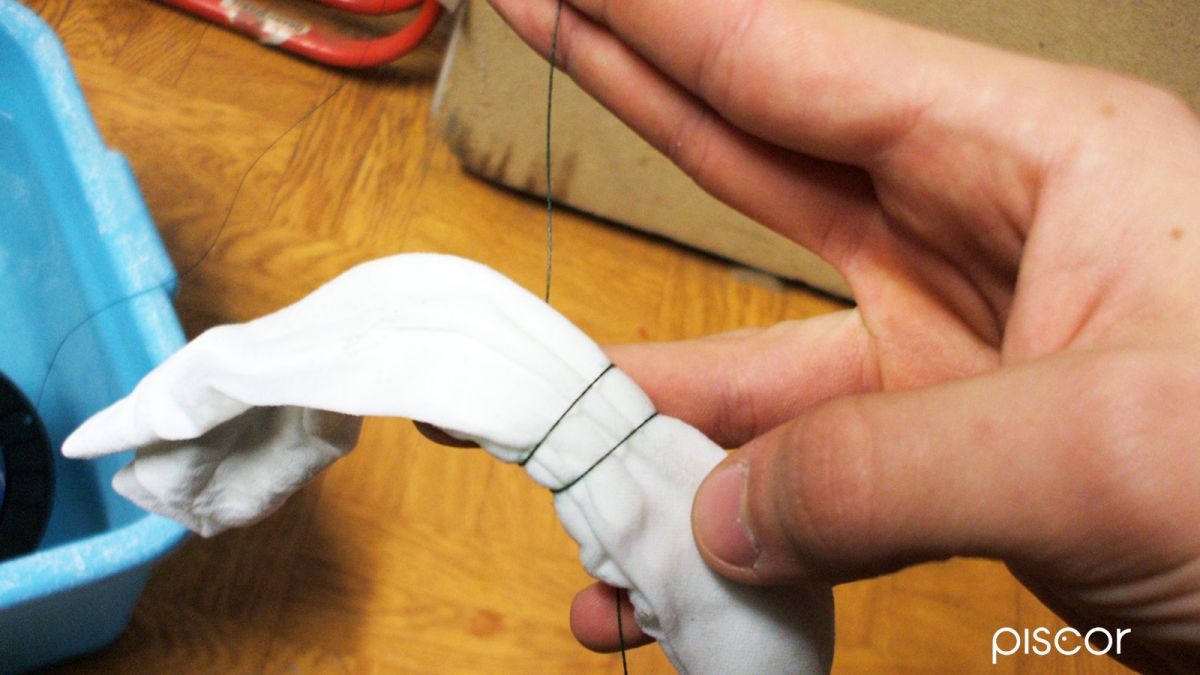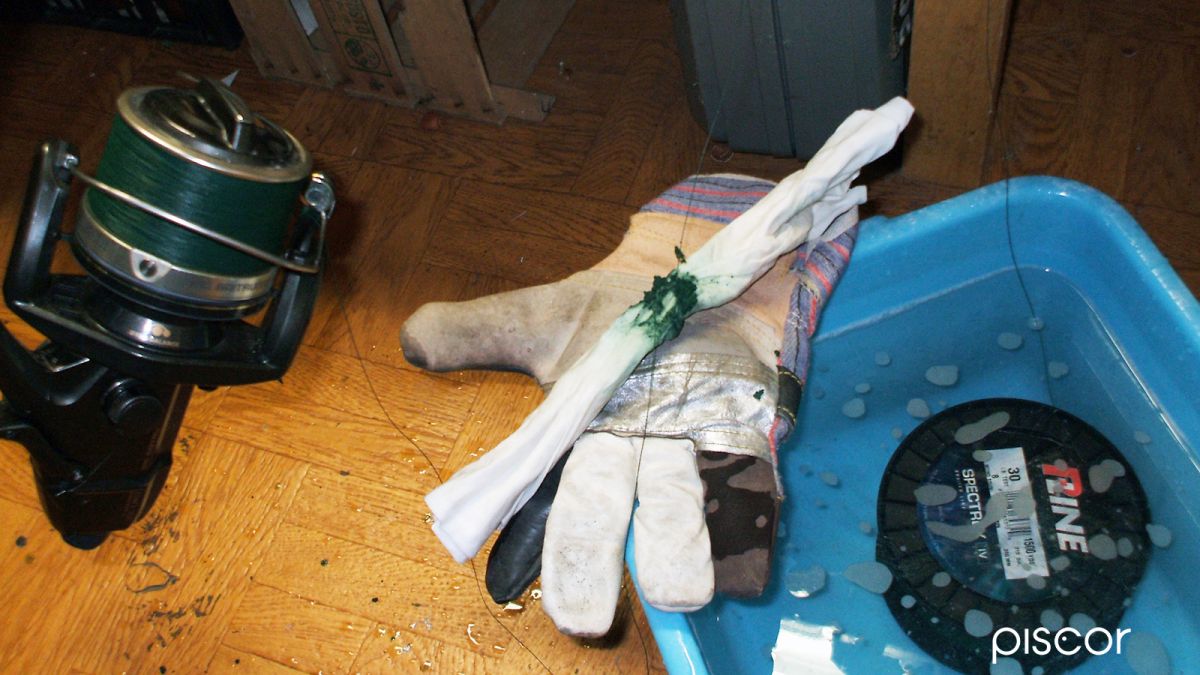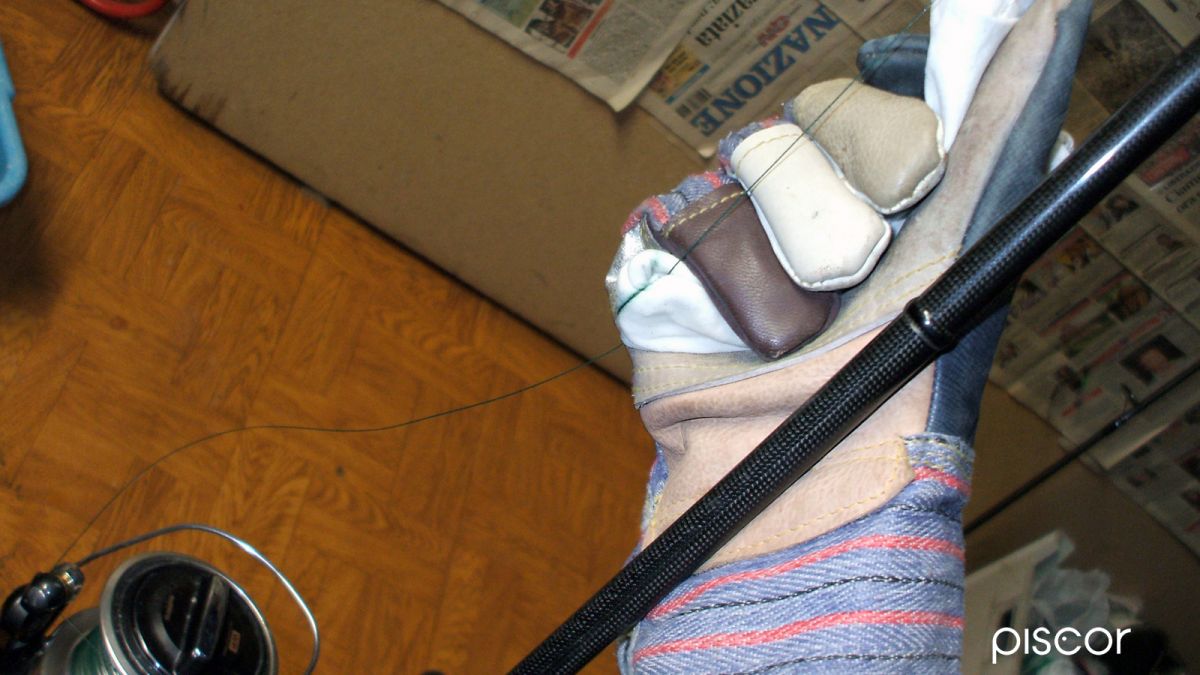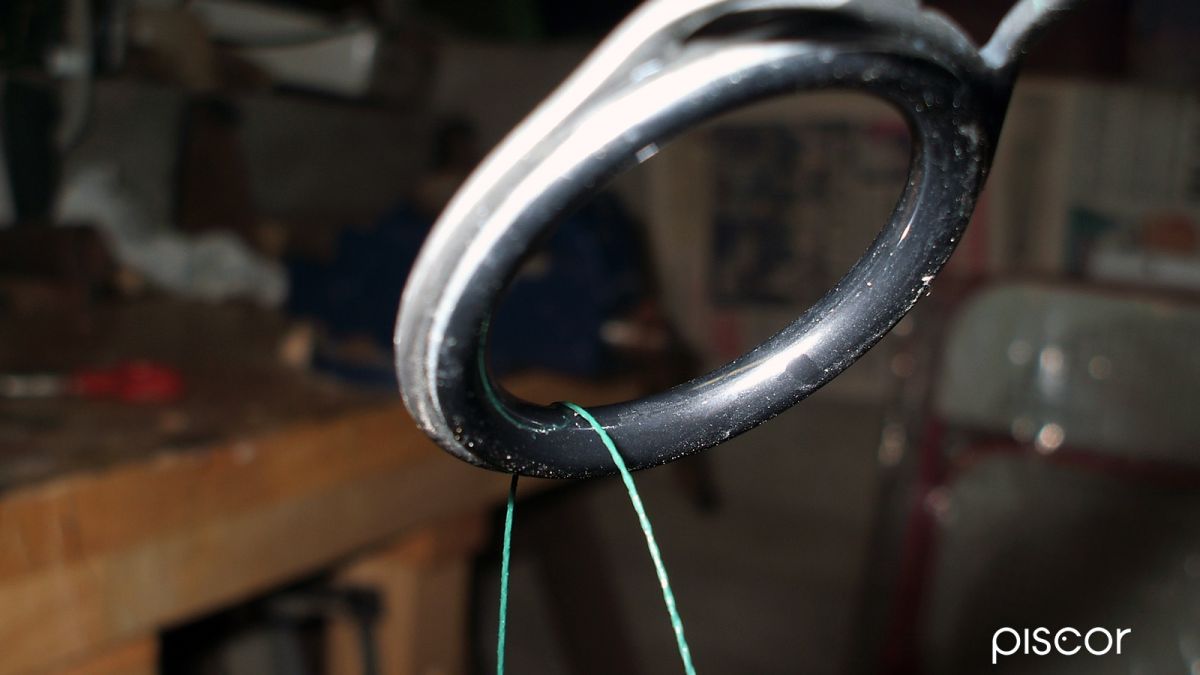The use of the braided line is becoming increasingly popular in the world of carpfishing, so much so that for many years products designed specifically for this type of fishing have been born.
Without going into the characteristics of the various products, to describe which would not be enough a poem, let's rather see in detail the correct way to spooling the reels in a way with this particular multifibre.
The reasons that have made the braid so popular are the total absence of elasticity that translates into maximum sensitivity to the bite, the total and immediate control over the fish even at very important fishing distances.
In addition, the small diameter compared to the breaking load allows you to insert a lot of them on the spool of the reels so that you can deposit our triggers anywhere you want simply by using the boat.
Not to mention the ease of launch, due to the smaller diameter.
So fishing close to obstacles, fishing among algae, long distance, extreme launches and so on.....
However, if used incorrectly, these materials can be a double-edged weapon, in fact if incorrectly spooling can take up a lot of space despite their small diameter and the total absence of elasticity or even go to slip on the surface of the spool when subjected to traction with the results that you can well imagine.
Here are a few small steps for a correct use of a material with many qualities and very few defects.
The essentials: carpfishing braided and reel to load, the base of a rod, a bowl full of water, a pair of work gloves, a robust cloth, scissors and insulation tape.
How to spool the braided
Immerse the spool of braided in water for as long as possible so that the water penetrates between the various coils, once this will be well wet let it pass through the ring of the base of the rod (which will help us to grasp the reel during the filling phase) then perform a sliding knot on the coil making also a couple of dead turns to further ensure the line.
Stop the whole thing with a turn of insulating tape so as to avoid any possible slippage of the braid on the reel. Wrap the cloth around yourself to create a sort of sausage that will then be wet, make three turns of the braid around the cloth, fold the sausage in two and tighten it with a hand fitted with a protective glove to prevent abrasion on the skin.
The rag ploy is the key to this method of spooling because it creates a great resistance with the braided providing to lay it to the maximum, but it does not damage it at all and the effort is constant.
Then continue with the winding phase keeping the coil immersed in water. The final result will be a coil full of braid at its maximum capacity with no gaps between coil and coil.
A note, if the braided used by you is of the resin type, part of the coating will be taken away from the cloth and will remain on it, but there is no problem of damage, since the same, after a few throws, would have come off normally.

